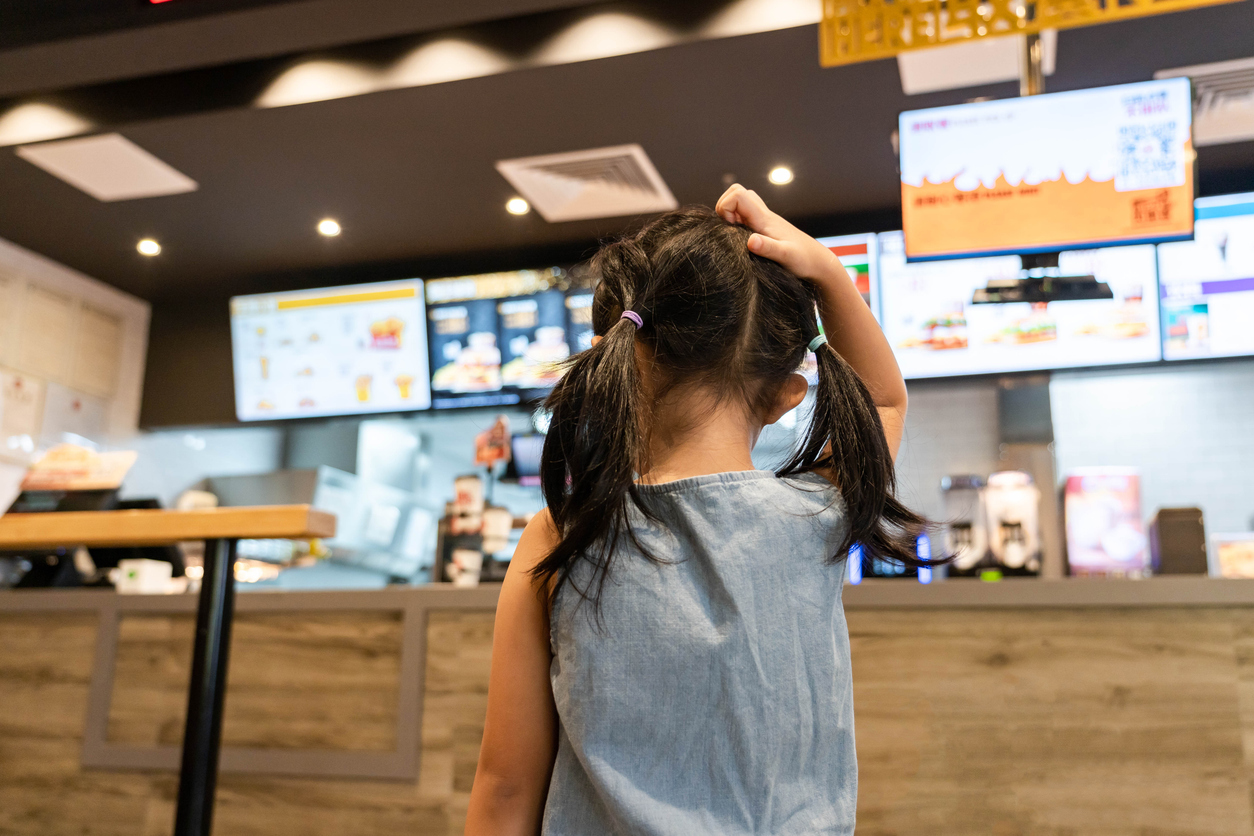Refunds pose a significant challenge for restaurants, impacting profitability and customer satisfaction. Each refund affects the bottom line and signals potential food quality or service issues. Minimizing refunds is crucial for maintaining a loyal customer base and enhancing overall dining experiences. Restaurants can reduce refund rates by focusing on quality control, effective communication, and staff training. Understanding customer feedback and addressing concerns promptly also plays a vital role.
Let's look at some strategies and practical tips for effectively reducing refunds in your restaurant.
Understand Common Causes Of Refunds
Refunds often stem from a few common issues. One significant cause is incorrect orders. When customers receive the wrong items or their orders must be prepared as requested, they may request a refund. This can be due to mistakes in the order entry process or miscommunication between the kitchen and the front of the house. Another frequent cause is poor food quality. Undercooked or overcooked meals can lead to dissatisfaction and refund requests. Ensuring that food is consistently prepared to high standards is crucial.
Delays, poor customer service, and misunderstandings can also contribute to refund requests. Long wait times, unresponsive staff, or unclear explanations can frustrate customers and lead to disputes. Addressing these common issues can reduce the likelihood of refunds and improve overall satisfaction.
Use Reliable POS Systems
A reliable Point of Sale (POS) system reduces errors and prevents refunds. An accurate POS system ensures that orders are entered correctly and processed efficiently. With a good POS system, you can minimize mistakes related to order entry, such as incorrect item quantities or wrong menu choices. This reduces the chances of customers receiving incorrect orders, which can lead to refund requests. A well-functioning POS system also helps track sales and inventory accurately, which is essential for maintaining operational efficiency.
Leverage Technology For Refund Management

Using technology to manage refunds can streamline the process and reduce errors. Various tools and software are available to help track and handle refund requests efficiently. These solutions can assist in automating the refund process, monitoring trends, and managing customer interactions. By leveraging restaurant technology, you can improve the accuracy of your refund management and reduce the manual workload on your staff.
Integration With Online Ordering
Integrating your online ordering system with your POS system can significantly reduce order discrepancies. When online orders are automatically synced with your POS, it eliminates the need for manual data entry and minimizes the risk of errors. This seamless integration ensures that orders are processed accurately and efficiently, reducing the likelihood of mistakes that can lead to refunds. By having a unified system, you can also streamline order management and improve overall operational efficiency.
Clear Menu Descriptions
Providing detailed and accurate menu descriptions is an effective way to set customer expectations. When menu items are clearly described, customers better understand what they are ordering. This reduces the chances of misunderstandings. Detailed descriptions should include information about ingredients, preparation methods, and portion sizes. Clear menu descriptions help customers make informed choices and can prevent issues that might otherwise lead to refund requests.
Training Your Staff
Training your staff is essential for managing orders and handling customer interactions effectively. Focus on teaching staff how to process orders correctly, address customer complaints, and resolve issues promptly. Empowering staff to make decisions and handle problems can lead to quicker resolutions and fewer refund requests. When staff members are well-trained and confident in their roles, they are better equipped to manage customer expectations and address issues before they escalate.
Improve Quality Control
Maintaining high standards through frequent quality checks is vital for reducing refunds. Regularly monitor food preparation and service to ensure everything meets your restaurant's quality standards. Implementing systems to gather and address customer feedback can help identify and resolve issues before they lead to refunds. By addressing problems proactively and maintaining consistent quality, you can improve customer satisfaction and reduce the need for refunds.
Establish A Clear Refund Policy
A transparent and fair refund policy is essential for managing customer expectations and reducing refund requests. Create a clear refund policy that outlines the conditions under which refunds are given and communicate this policy effectively to your customers. Ensure the policy is visible on your menu website and communicated by your staff. A well-defined policy helps prevent misunderstandings and ensures that customers know what to expect, which can reduce the frequency of refund requests.
Handle Disputes Effectively
Effective dispute handling is key to minimizing refunds. Address customer complaints promptly to prevent them from escalating into refund requests. When resolving issues, offer alternatives such as discounts or replacements instead of immediate refunds when possible. This approach can satisfy customers while avoiding refunds. Additionally, keep detailed records of disputes and their resolutions to analyze patterns and identify areas for improvement. By handling disputes efficiently, you can resolve disputes before they impact your bottom line.
Use Analytics And Reporting
Data analytics is valuable for identifying common issues and areas for improvement. Analyzing refund data can help you understand the root causes of refund requests and address them effectively. Reporting tools can provide insights into trends, such as frequent refund reasons or problematic menu items. Using analytics, you can make informed decisions to improve your operations and reduce refunds.
Foster Positive Customer Relationships
Building strong relationships with your customers can help prevent refunds. Providing excellent service and engaging with customers proactively can address potential issues before they lead to disputes. Encourage open communication and actively seek feedback to resolve problems early. By fostering positive relationships and maintaining high service standards, you can enhance customer satisfaction and reduce the likelihood of refund requests.
Minimize Refunds & Boost Customer Satisfaction With Checkmate
Consider integrating Checkmate into your restaurant's operations to reduce refunds and enhance operational efficiency. Checkmate offers solutions for effective refund and dispute management solutions. Adopting these strategies and leveraging Checkmate can improve profitability, enhance customer satisfaction, and streamline refund management processes.





